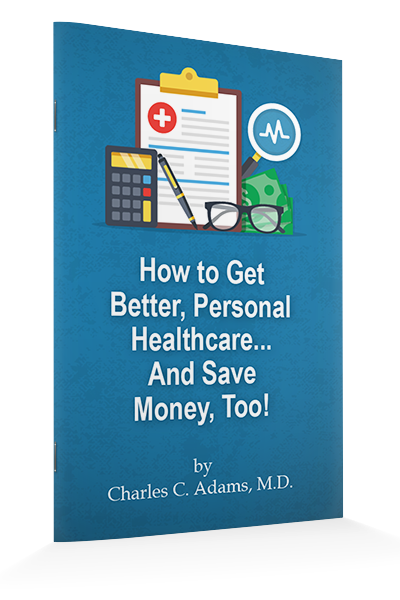Zinc is a metal, and it is an especially important “micro-nutrient” to us human beings!
Zinc is second only to Iron as the most abundant trace mineral in the body.
By now, most are aware that it is one of the “Three Musketeers”, C, D, and Z, of viral illness prevention as well as treatment. They are vitamins C & D, and metal Zinc.
Zinc is involved in at least some 300 different enzyme reactions in our body and is found in virtually every tissue in our body from head to toe. Three big categories of Zinc dependent reactions involve maintaining and boosting our immune system, our hormone levels, and good cell division.
We do not store Zinc; we just use it! We poop, pee, and sweat Zinc out, so we need to maintain Zinc in our body. The maximum recommended dosage of Zinc is 40-50 mg a day. A reasonable maintenance dose is 15 mg a day. Too much Zinc can result in stomach cramps, indigestion, diarrhea, nausea & vomiting. So, maintain with caution!
Several foods contain various amounts of Zinc. Red meat (grass fed is best), lamb, and shellfish, (such as Alaskan crab, shrimp), and oysters are Zinc sources. Also containing Zinc – tree nuts, (such as cashews and almonds), hemp seeds, mushrooms, and avocados.
Zinc deficiency is a worldwide problem, and, as an example, in developing countries, when zinc supplements were introduced, there was a 41% decrease in pneumonia and a 25% decrease in diarrhea.
Since Zinc is involved in so many different aspects of metabolism, Zinc deficiency can be difficult to identify. The most common symptom is fatigue, but other symptoms may creep in, such as: a weak immune system, decreased taste and smell, poor appetite, decreased vision and hearing, digestive problems, sexual function, and even depression.
Bottom line, taking 15 mg of Zinc daily is not a bad idea!

